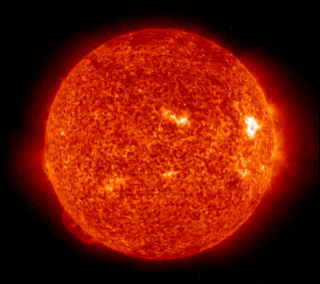While doing a recent survey on Cognitive daily about illusions, I learned an important (and apparently quite well known) lesson -- 'magic eyes' work on the computer. Turns out magic eyes were everywhere on the Internet. But there is was little (and inadequate) explanation of how they work. How do magic eyes work? This simple text-based magic eye provided the insight I needed (to make it work, you might need to view it larger here).

(Props to the first author who writes a book that also has magic eye embedded pictures.)
For how it works, and more on magic eyes on the internet, please read on.
Essentially, our brains piece together the illusion on the basis of slight differences in what our right eye sees and what our left eye sees when we look 'beyond' the image. As wiki unhelpfully explains:
The Magic Eye images have a horizontally repeating pattern which differs slightly with each repetition, therefore giving the illusion of depth when each eye focuses on a different part of the pattern.
But the text magic eye from above, with a little handy work from me, gives a more concrete idea of how it works.

When you lose focus, the repeated texts merge into one, and emerge from the otherwise random background. At least that's how I understand it. More complex, colorful, magic eyes work on the same principle, but the repeated pattern is more complex and therefore harder to pick out.
My digging also showed me that magic eyes have evolved to new levels since I remember looking at them on the internet. They are everywhere, and they can do nearly everything now:
You can make your own magic eye with words (shame about the blatant coca cola add though).
Make your own more arty/abstract magic eye (depending on your artistic predisposition).
Watch a moving magic eye (not actually an eye).
Play pong and tetris. And even allegedly Quake II, but watch out that your eyes don't start bleeding.
And, being the internet, there's even magic eye porn out there too!
I need to get rest my oh-so-tired eyes now.
There's More...



























